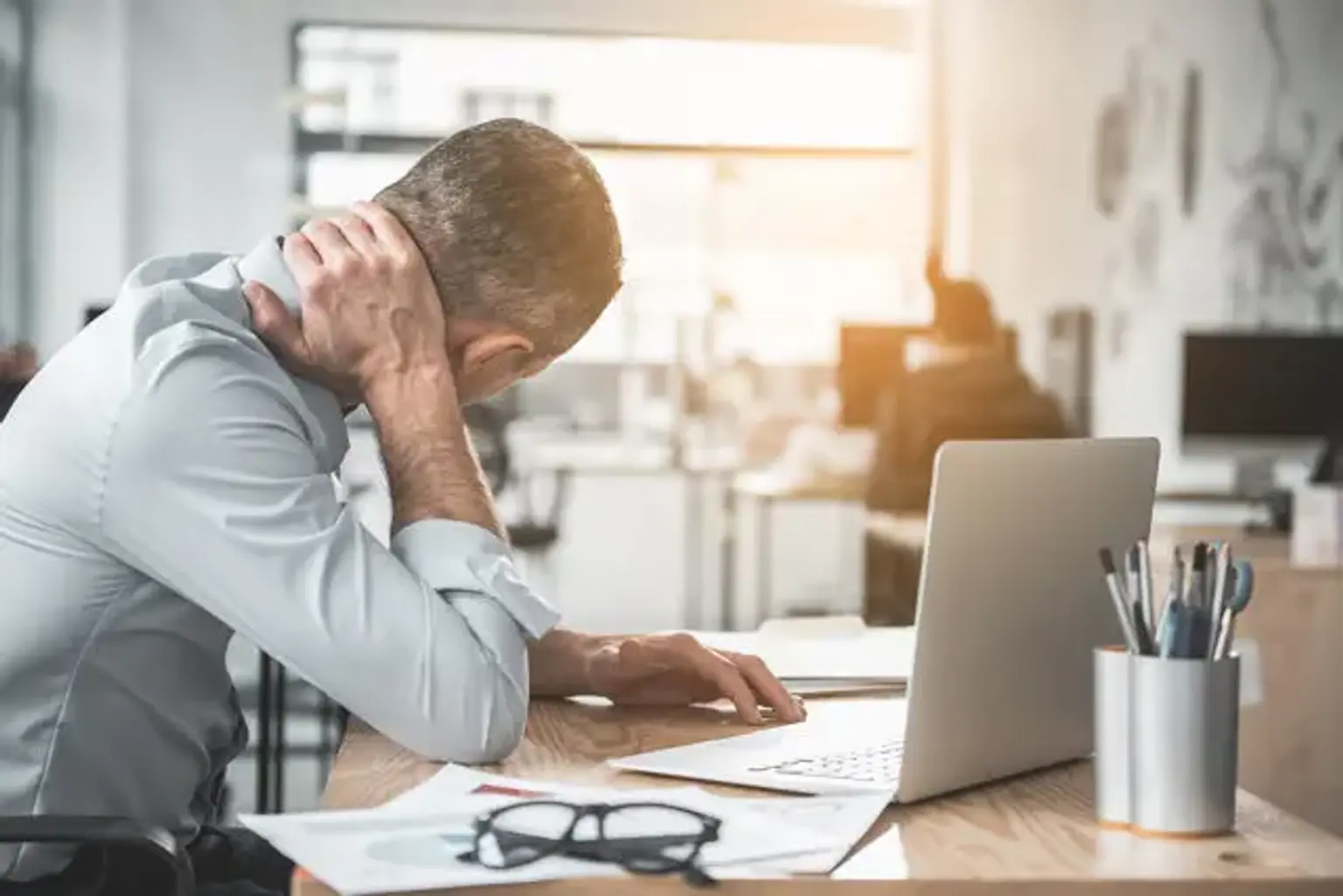Postural Disorders
Musculoskeletal diseases are a regular occurrence. Discomfort, persistent pain, or incapacity in various components of the musculoskeletal system, including joints, ligaments, muscles, tendons, and structures that support the limbs, neck, and back, are caused by a chronic state rather than an acute incident. Musculoskeletal diseases can affect the neck, shoulder, arm, wrist, upper and lower back, hips, knees, and feet, among other areas. Musculoskeletal diseases are reported to affect 64 to 94 percent of dentists. It has been recorded as high as 50-75 percent among Iranian dentists in three independent studies.
Postural irregularities or poor posture may be to blame for several of these musculoskeletal diseases, particularly in physically demanding industries like dentistry. Poor posture has been defined in a variety of ways. Poor posture is defined by the American Academy of Orthopedic Surgeons as a defective interaction between the various body components that causes additional strain on the supporting structures. Persistent postural flaws can also cause discomfort, agony, and incapacity. Previous research has found a link between changes in sagittal posture and low back pain and neck pain. Pain, on the other hand, has been found to have an influence on normal posture in previous research.
Some related factors may play a significant effect in the etiology and maintenance of musculoskeletal symptoms. Static and dynamic awkward postures, repetitive actions, fine-tuned function, vibrating instruments, inadequate illumination, genetic factors, physical conditioning, emotional stress, and psychological issues are only a few of the reported factors. These characteristics of clinical work are risk factors for prolonged static postures, spinal flexion, and bad posture. Otherwise, age, gender, occupational history, academic degree, dominant hand, working hours, and specialty may all have a role.
In addition to personal implications, earlier research has found that musculoskeletal diseases can have a significant social impact, resulting in decreased working productivity and early retirement.
